To mark the one year anniversary of Four O’Clock Faculty, we share a new feature:
A Conversation About… Creativity
Part 1
We frequently hear the need for creativity and innovation in our current and future workforce. With the need for creativity so high, it is crucial that schools play a leading role in cultivating creativity in their students. So the question becomes, what are the best ways that schools and educators can cultivate creativity?
Lee Cockerell: To create a culture of creativity and innovation the leaders of any organization must believe that every person has the potential to contribute.
Trevor Bryan: If we hold onto the idea that each person has the potential to contribute, then we also need to make sure that we put a high emphasis on listening. Contributions cannot be made if they are not heard.
Jay Billy: Often our students come to us in kindergarten and we sap them of their creative juices by putting them in a box, sitting them at desks and in rows and expecting certain behaviors. Schools must continue to look at play as learning and cultivate creativity by giving the classrooms back to the students. By encouraging imagination and supporting student driven lessons and classrooms, we can continue to allow students to keep their creative juices flowing.
Rich Czyz: It is important that we as administrators support our teachers in cultivating creativity in the classroom. We must provide opportunities for our teachers to encourage creative endeavors.
Lee Cockerell: At Disney our leaders do that by following our Four Cast Member Expectations:
1). Make Me Feel Special
2). Treat Me As An Individual
3). Respect Me and My Ideas
4). Train and Develop Me
Rich Czyz: I love this! In order to cultivate creativity with students and teachers, we must honor voice and choice for both students and teachers. Another thing I learned from the Disney Imagineers is to employ a Yes, If attitude instead of a No, because attitude. This can be applied to both teachers and students.
Jay Billy: In Dave Burgess’s Teach Like A Pirate, he talks about creativity as a process that is founded in asking questions and analyzing present practice. This goes the same for children, if we teach them to ask questions and we not only allow questions but also encourage questions, then we cultivate creativity. We need to model this behavior for the children and support their questioning strategies. By doing that, they will feel empowered to take risks and try new and innovative ideas.
Jeanne Muzi: Questioning helps students make connections, nurtures insights and encourages reflection. It is important to model how to develop and pose a strong question and how to pause to think about the many ways a good question may be answered. Begin all lessons, projects and activities with time for students to think about the “hows” and “whys” of what they are doing. Provide time and space for questioning as students are involved in the learning experiences that span their day. Encourage deeper conversations and more student-to-student interactions with open-ended questions. Avoid questions that can be answered with single words, or yes and no.
Rich Czyz: How do we get teachers to model this?
Jeanne Muzi: Teachers must put great effort into modeling how to question and what uncertainty looks & feels like—that it is okay to be confused and not know the answers. Keep track of questions that are asked on sticky notes, on a class blog or in a notebook. Be prepared to return to these questions. Provide feedback on questions. Evaluate the questions…categorize them. Celebrate really strong questions. All students must learn to generate and contemplate the kinds of questions that ask for great fluency (How many ways…?), flexibility (What other…?), originality (What is unique…?) and elaboration (What else…?)
Rich Czyz: There is a lot of work that goes into creativity. It is not some divine inspiration that allows only some to be creative.
Trevor Bryan: Creativity is just another word for really hard (deliberate) work.
Jay Billy: I used to feel that creativity was “God-Given” but after hearing what Dave says about it in TLAP, and thinking about it on my own, I can definitely understand the Michelangelo saying below. Being creative is hard work and a process. Ask any writer of children’s literature or any inventor and you will see that creativity is hard work. The more we cultivate higher order thinking and support questioning, the more opportunities children have to think outside the box and truly show their creative sides.
Trevor Bryan: Exactly! In his book, How to Fly a Horse, Kevin Ashton explains how creativity and innovation are a series of small steps, not giant leaps. The process of creating and innovation takes time. Learning to ask questions and then exploring possible answers are time consuming endeavors. Creativity doesn’t often fit neatly in 40 minute or 80 minute blocks. We need to make sure that students and teachers have realistic understandings about the time their chosen projects will take.
Jeanne Muzi: At no time in history are creative thinking skills more critical to long-term success than they are today. Technological and informational advances demand an increased ability to obtain, understand, analyze, manipulate and share information. Students must be able to create, connect, synthesize, evaluate and reimagine ideas. Creatively motivated students are highly engaged, passionately curious and likely to persevere in their endeavors.
Trevor Bryan: Again, in order to allow students to persevere, which is really the idea of GRIT, we need to make sure that we give students time to do this. And we also need to make sure that we are giving students the room in order for them to find topics that they are willing to persevere on.
Rich Czyz: Are we doing enough in our schools and classrooms to create these types of thinkers? How do we ensure that students will leave our schools with these skills?
Tim Needles: Creativity is one of those elements in education that is in some ways contradictory towards the traditional school system with it’s industrial revolution inspired design. Creativity is also difficult to assess even though it’s easy to spot by any experienced educator and it in some ways can be radical. As a teacher, in order to promote creativity, I first need to promote a positive and non-judgmental environment where risk-taking and innovative leaps are the culture rather than the rare exception. This task in itself can take awhile but it’s the kind of change that becomes easier as more colleagues make the shift towards a more open 21st Century classroom approach. There are a number of important elements in building an environment that promotes and supports creative thought but collaboration and support are essential, especially in education.
Check out Part 2 tomorrow.
Thank you to each of our contributors:
Andrea Beaty is a Children’s Author, and has written the books, Rosie Revere, Engineer and Iggy Peck, Architect.
Jay Billy is a K-3 Elementary Principal at Slackwood Elementary School in Lawrenceville, New Jersey. He is passionate about teaching and learning and the use of technology in the 21st century classroom. He also is passionate about literacy and student engagement.
Trevor Bryan is a K-5 art educator, who teaches at Elms Elementary School in Jackson, NJ. Besides teaching, he also presents, paints and writes.
Lee Cockerell is the former Executive Vice President of Operations for the Walt Disney World® Resort. One of Lee’s major and lasting legacies was the creation of Disney Great Leader Strategies which was used to train and develop the 7000 leaders at Walt Disney World.
Rich Czyz is the Director of Curriculum & Instruction in the Stafford Township School District in New Jersey. He is passionate about engaging all stakeholders in meaningful and relevant learning.
Jeanne Muzi is the Elementary Enrichment Specialist/Gifted Education Teacher at Lawrence Township Public Schools in Lawrenceville, NJ. Her focus is on project based learning, higher order questioning and helping students develop creative problem solving skills.
Tim Needles is an art and media teacher at Smithtown High School East in New York. He is the recipient of the Robert Rauschenberg Power of Art award at the National Gallery of art and founded the Strictly Students Film Festival.
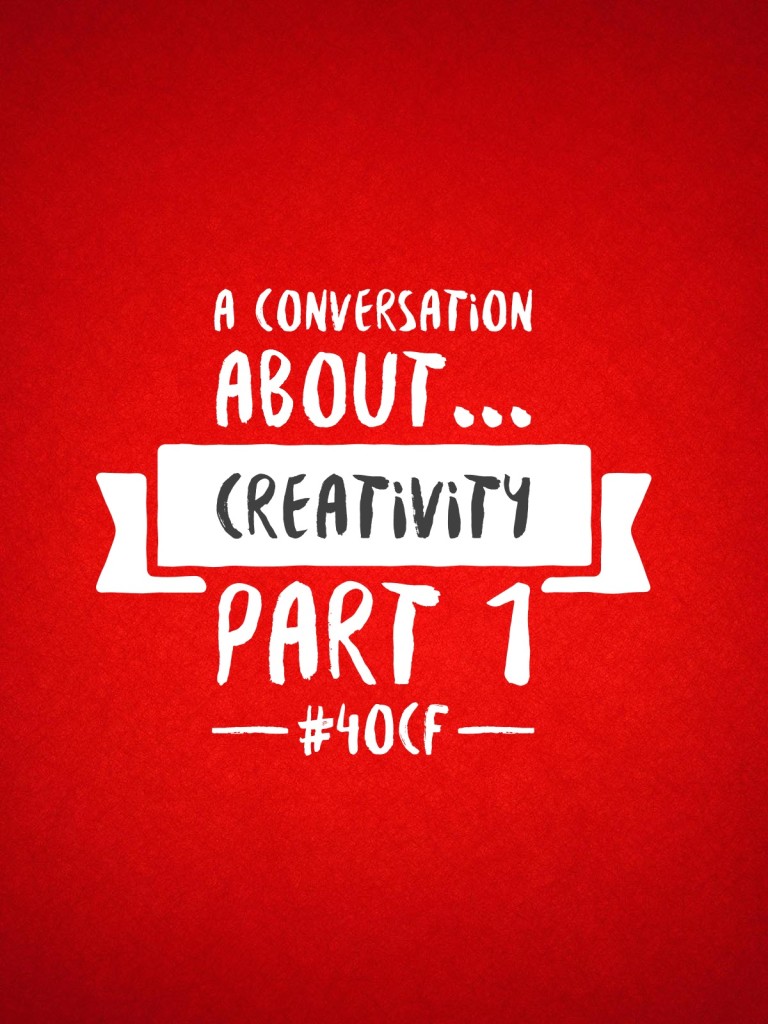


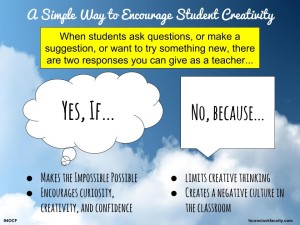
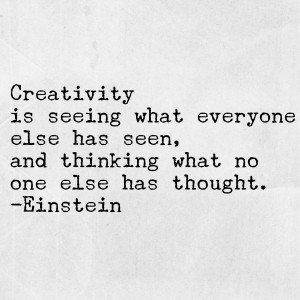
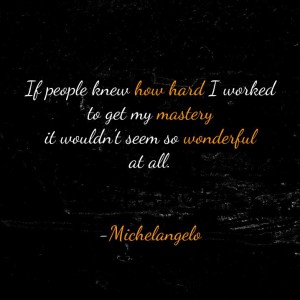
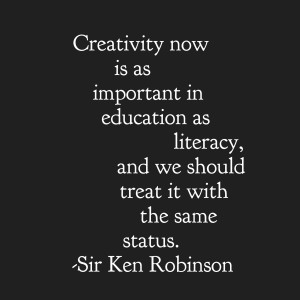
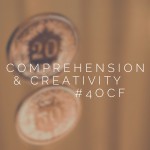
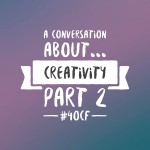
Pingback: Your Heinemann Link Round-Up for the Week of January 24–30 - Heinemann
Pingback: A Conversation About… Creativity Part 2 |
Really enjoyed reading your conversation about creativity. Reread several times because there were so many great points made. Thanks!
Pingback: Creativity - nanabarb99 | Pearltrees